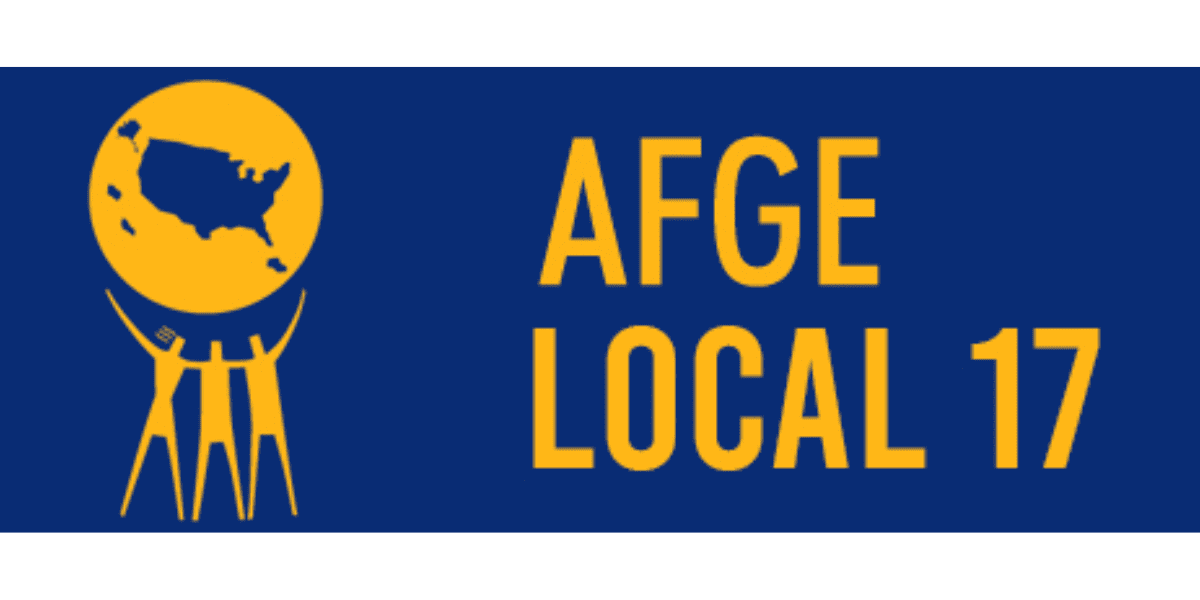The pandemic has drastically affected the Department of State’s ability to process immigrant visa applications. The massive visa backlog and wait times continue to mount with many petitions on hold at the U.S. Citizenship and Immigration Services.
“The yearly allocation of green cards for EB-5 applicants is 10,000 spots. No doubt there are many EB-5 cases on hold or in the lineup,” says Andy J. Semotiuk, U.S. and Canadian immigration lawyer at Pace Law Firm in Toronto, Canada.
The lapse of the regional center program has not made the situation any better.
“Regional center EB-5 cases cannot complete interviews due to the separate issue of RC program expiration/lapse. EB-5 is on track to lose many thousands of visas this year, with that visa loss along with the National Visa Center delay adding significantly to expected EB-5 wait times,” says Suzanne Lazicki, an EB-5 business plan writer and the owner of Lucid Professional Writing.
The pandemic saw most U.S. embassies and consulates closed, lockdowns and travel restrictions, which contributed to the backlog. EB-5 documentarily complete cases awaiting interview were 3,930, as of January 25, 2021, according to the State Dept.
500,000 in the immigration visa backlog, report shows
President Biden issued an executive order on Restoring Faith in our Legal Immigration Systems on Feb. 2, 2021, with a commitment to addressing the backlog. On the National Visa Center Immigrant Visa Backlog Report the State Department has reported the immigration visa backlog, which shows the numbers are a half a million case load with 30,000 scheduled to process a month.
“I think the main takeaway from the report is that the system is delayed across the board and there needs to be a major shift for the numbers to improve,” says Michael J. Freestone, partner at Tully Rinckey PLLC.
Freestone says the prior months’ data show numbers staying the same, with the State Department processing 30,000 cases a month, “but the system is adding at least that many new cases so it averages out with the half a million backlog.”
“On the other hand, with an anticipated 260,000 immigrant visas being put back into the system in October we could see huge movement in terms of applications, which would be a great opportunity but with this situation, it will lead to a larger wait time,” says Freestone.
He says current visa prioritization does not include EB5 investors, which is a concern for direct EB5 investors, “where their evidence is not necessarily part of a larger regional center and they have to be careful about the stability of the investment during a much longer than normal processing time.”
Status of EB-5 visa backlog and processing times
Freestone says looking at EB-5 issuances across the board for the last five years, show a drop off almost 5000 in 2020.
“With big hits in the other areas as well, although those low numbers show how far the EB-5 program has shifted to the regional centers. We can assume the backlog has only increased in the last 16 months with new matters as well as cases held in processing,” says Freestone.
He says that would assume a processing increase of at least peak levels of 7,500, plus another 6,000 held back from 2020.
“I think the RC cases being held in abeyance will add another complexity to the numbers but we can safely assume a visa processing backlog of 12K to 15K for the embassies,” says Freestone.
Meanwhile, industry stakeholders continue to push for a legislative proposal that will reauthorize the EB-5 Regional Center program. It is unknown how long the lapse in authorization will remain.
However, Lazicki says if the regional center program expiration ends up being permanent, “then about 90% of the EB-5 IV backlog will be permanently unable to get visas, thus reducing the EB-5 backlog and wait times for remaining direct EB-5 applicants.”
The EB-5 Immigrant Investor Regional Center Program expired at midnight on June 30, 2021. This lapse in authorization does not affect EB-5 petitions filed by investors who are not seeking a visa under the Regional Center Program.
USCIS spokesman Joe Sowers says DHS/USCIS is assessing all options, including rulemaking, to modernize and ensure the integrity of the EB-5 program.
“Our agency fully supports the EB-5 program and the many benefits it provides in boosting jobs, the economy, and particularly in providing assistance to distressed communities with foreign capital investment in the United States,” says Sowers.




